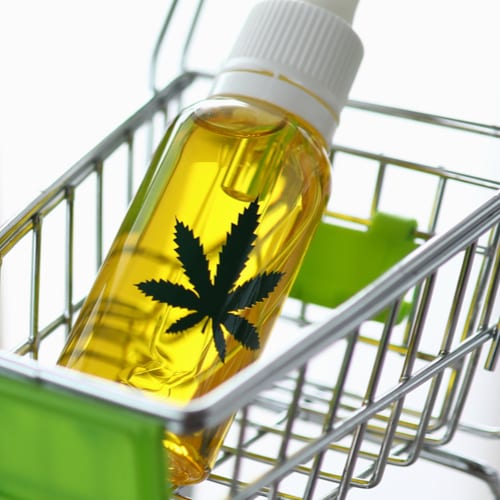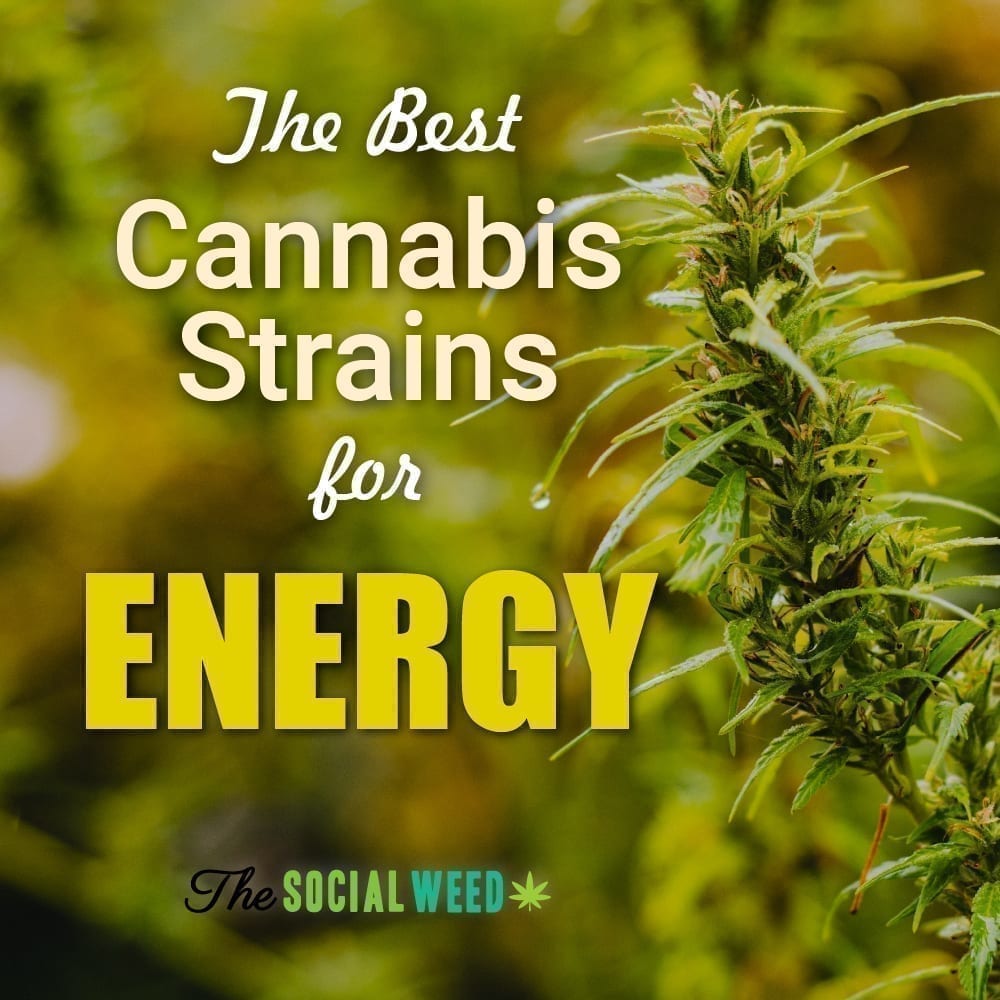
The 2018 Farm Bill swung open the doors for the US hemp industry, but left something of a fog when it comes to federal rules and regulations about its cultivation, production, marketing, and legal uses. On Thursday, the three major regulatory agencies promised to work to lift that fog.
At a US Senate Committee on Agriculture, Nutrition, and Forestry hearing titled “Hemp Production and the 2018 Farm Bill,” the regulators promised steady progress with regular reports.
For those in the hemp industry, there are few names more important than those who spoke during Thursday’s hearing. Amy Abernethy, principal deputy commissioner of food and drugs at the Food and Drug Administration, testified at the hearing, along with Greg Ibach, undersecretary for marketing and regulatory programs and Stephen Alexander Vaden, general counsel, both with the United States Department of Agriculture. Also present were Alexandra Dapolito Dunn, assistant administrator at the Environmental Protection Agency’s Office of Chemical Safety and Pollution Prevention, and Erica Stark, the executive director of the National Hemp Association.
One of the biggest concerns for the hemp industry has been CBD regulations. And the FDA reiterated that it remains a priority for the agency. “Clarity on the regulatory status of CBD products is an FDA priority,” said Abernethy, “However, under the Food, Drug and Cosmetic Act, adding CBD to food or marketing a CBD product as a dietary supplement is generally prohibited unless the agency makes an exception through rule-making.” Abernethy said that the FDA has formed a working group that she co-chairs to expedite their work in this regard, promising an update by early fall.
“Our working group is actively reviewing all potential regulatory pathways in order to determine the appropriate approach to CBD for other types of products that we regulate like foods, dietary supplements, animal feeds, and cosmetics.”
With the exception of Epidiolex, a CBD-based drug to treat two rare and severe forms of epilepsy produced by GW Pharmaceuticals, the FDA has not approved CBD for any other uses. And on Monday, the FDA sent a warning to the cannabis company Curaleaf Inc. for making unsubstantiated claims about the medical benefits of its products. The administration held a historic hearing in May to gather public input on regulating the CBD industry, but it remains unclear whether the administration will regulate CBD as a food and dietary supplement or as medicine or both. The FDA recently said in a statement that it recognized that “there is significant public interest in these products, for therapeutic purposes and otherwise. At the same time, there are many unanswered questions about the science, safety, and quality of many of these products.”
(Read Cannabis Wire’s coverage of the FDA hearing here.)
Greg Ibach, with the USDA, while maintaining that the department cannot comment on the specifics of its interim final rule (which means that it will be open to public comment) on domestic hemp production before it’s released, said that the rule is under “interagency review” and that the USDA is committed to making the rule as farmer-friendly as possible.
Since hemp was federally legalized through the 2018 Farm Bill, the USDA has held several public hearings where hemp farmers, producers and processors, lawyers, researchers, and investors offered suggestions on safe hemp transportation, uniform testing practices, and organic certification.
The department has also issued multiple public notices since April clarifying things such as farmers’ ability to import hemp seeds without Drug Enforcement Administration permits, and apply for intellectual property protection of new hemp varieties. It also barredpeople with state or federal felony convictions from producing hemp for a ten-year period, with the exception of those who were already legally growing hemp under the 2014 Farm Bill before December 20, 2018 and were also convicted before that date.
Vaden, USDA’s general counsel, also highlighted the role the US Department of Justice is playing in their rule-making process. “We have been engaging in the statutorily required consultation with the Department of Justice at every level,” Vaden said. “That’s critical so that law enforcement can be assured that we’re running this program as Congress expects us to–in a forthright and legal manner.”
Vaden added that USDA, in consultation with the Department of Justice, is trying to ensure that law enforcement has access to a database that USDA is required to “maintain in coordination” with the DOJ, to help law enforcement verify whether a crop is actually hemp. DOJ is also providing input on testing for THC limits to make sure the plant is hemp, as they have a “very important legal role to play should someone wantonly break that 0.3 [THC] limit,” Vaden said.
USDA’s final interim rule on the domestic hemp production program is expected to be published in August.
The EPA will also play a critical role in regulating pesticides for use on hemp plants, setting maximum pesticide limits for hemp produced as food or animal feed, and continues to coordinate with federal partners and state agencies on hemp policy, said Dunn. “EPA is committed to assisting hemp producers obtain the pest management tools they need to help them transition to the commercial production of this crop,” she said.
One hemp farmer made the case for clarity and speed on the rules governing cultivation. The barriers to hemp production need to be removed one by one to bring the crop on the same playing field as other crops, said Brian Furnish, a hemp farmer from Kentucky who testified at the hearing. “It is critical for farmers to have access to certified seed now that it is legal,” Furnish said, “Most folks in the government, even in production agriculture, probably don’t know or realize that hemp has no legal pesticides or herbicides or fungicides. A grower can lose an entire crop to weeds or pests without an approved herbicide or pesticide.”
Furnish said that, without pesticides, farmers are forced to pay anywhere between $500 to $2,500 an acre to get the weeds out of their hemp crop. “We need your help to encourage EPA and USDA to make these approvals happen as soon as possible,” Furnish said.
Furnish also said that hemp growers cannot get crop insurance at this time, because the USDA has not finalized its regulations. Senator Mitch McConnell, who introduced the bill to legalize industrial hemp in 2018, said that hemp crop insurance is one of the major issues that USDA needs to tackle.
“The biggest thing the USDA has to come up with is crop insurance,” McConnell said, noting that while it won’t be available for the 2019 crop, “At least whole crop insurance will be ready next year.”
Furnish urged the regulatory agencies to finalize regulations as soon as possible.
“I thank you for making this wonderful crop legal. But now what the hemp growers need and want is for this new and valuable crop to be just that—a crop—with the same opportunities to grow and fill the marketplace with new and valued products, ” Furnish said. “Corn, wheat, and soybeans all have hundreds and maybe thousands of product uses. Hemp can too but [hemp farmers] need the barriers removed in the consistency and stabilization which come from the regulatory framework you all can give us.”
Hemp production has rapidly increased in the United States, with hemp acreage jumping by more than 200 percent from 25,713 acres in 2017 to 78,176 acres in 2018, according to Vote Hemp, a hemp advocacy organization. Nationally, farmers are viewing the crop as a lucrative alternative to traditional crops such as corn, wheat, and tobacco whose prices have been falling over the years. While a majority of hemp is being produced for CBD in the country at the moment, Erica Stark with the National Hemp Association, thinks that the future of the industry is in hemp fiber.
“I often say that I think that fiber is going to be the future. It has the most potential,” Stark said. “But we’re still a little bit behind on building the infrastructure to get there as opposed to CBD, which is very popular and in demand right now and I expect it will continue to be for the foreseeable future—assuming that we get a clear regulatory framework.”
Stark also stressed the need for consistent testing standards for THC limits. If states implement different testing protocols, hemp that is legal in one state could be considered illegal in another, Stark said.
The USDA also needs to ensure that tribal groups are equipped to compete in the hemp industry, said Darrell G. Seki, Sr., chairman of the Red Lake Band of Chippewa Indians, Minnesota. While there is tremendous interest and opportunity in Red Lake for growing and processing hemp, Seki said that their “enthusiasm has been tempered” by the expensive startup costs. This barrier is only made worse by the lack of clarity surrounding hemp regulations for tribes, Seki said. “All our efforts are at the risk of being wasted if USDA doesn’t give tribes like Red Lake a fair regulatory opportunity to compete on an equal footing with states,” Seki said.
Source: CannabisWire.com





